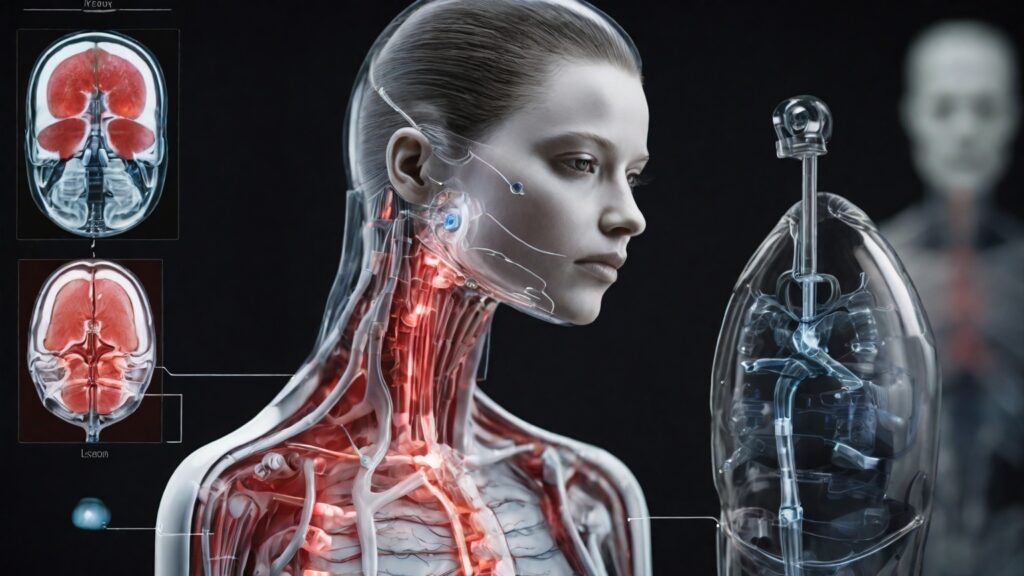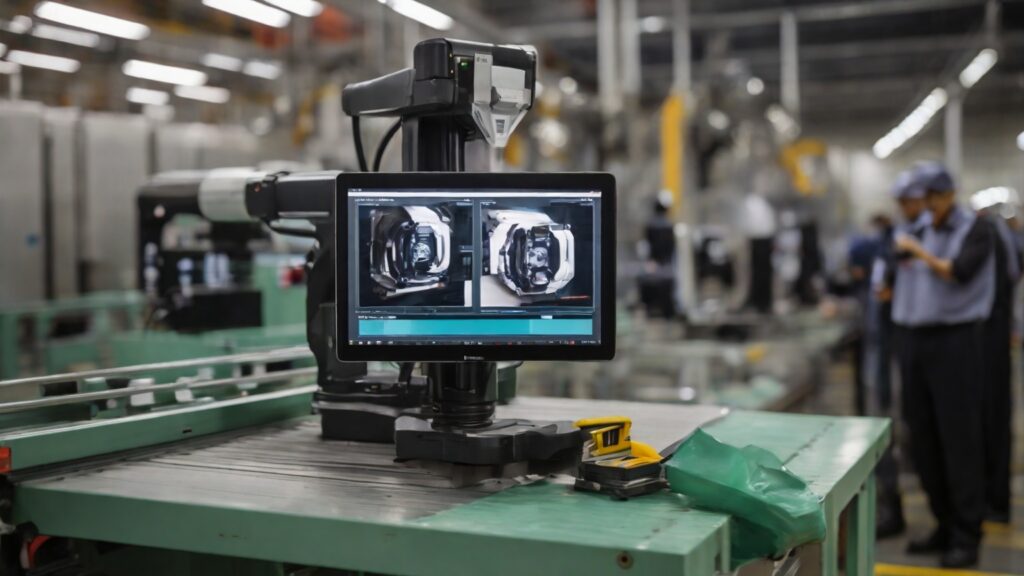AI-based image recognition stands at the forefront of technological advancements, revolutionizing the way we interpret and analyze visual information. This cutting-edge field combines the power of artificial intelligence and computer vision to enable machines to interpret, understand, and respond to visual data.
From medical diagnostics and autonomous vehicles to retail and security applications, AI image recognition is transforming industries, offering the potential for enhanced efficiency, accuracy, and innovation. In this dynamic landscape, algorithms learn to discern patterns, identify objects, and make decisions, unleashing a myriad of applications that reshape how we interact with and harness the potential of visual information in the digital age.

In the medical sector, AI is playing a pivotal role in revolutionizing various aspects of patient care. One significant application lies in diagnostic processes, where machine learning algorithms are employed to analyze medical imaging data, including X-rays and MRIs. This aids healthcare professionals in early and accurate detection of diseases, ultimately improving treatment outcomes.
Another critical area where AI excels is in pathology. By assisting pathologists in interpreting complex histopathology slides, AI contributes to more precise and reliable diagnoses. This collaborative approach enhances the overall efficiency of pathology workflows, enabling healthcare providers to deliver timely and targeted interventions.
Beyond diagnostics, AI’s predictive analytics models are proving valuable in identifying potential health risks in patients. These models analyze diverse sets of patient data to predict disease progression and anticipate health issues before they become critical. This proactive approach allows healthcare professionals to intervene early, offering more personalized and effective interventions.
In essence, AI applications in the medical sector go beyond mere automation; they empower healthcare providers with advanced tools for diagnostic accuracy, streamlined workflows, and the delivery of patient-centric care. As technology continues to evolve, the integration of AI promises to further transform and optimize healthcare delivery.

In manufacturing, AI has become a driving force for innovation and efficiency. Manufacturing quality control processes benefit significantly from AI applications, as automated systems meticulously inspect products for defects on production lines, ensuring the delivery of high-quality outputs. This not only reduces the likelihood of faulty products reaching consumers but also enhances overall product reliability.
One of the key contributions of AI in manufacturing is in the realm of predictive maintenance. By leveraging machine learning algorithms, AI can analyze equipment performance data to predict potential issues before they occur. This proactive approach minimizes downtime, optimizes machinery efficiency, and ultimately extends the lifespan of critical manufacturing assets.
Collaboration between robotics and AI has transformed manufacturing tasks. Robotic systems, guided by AI algorithms, can perform intricate and precise operations with speed and accuracy. This synergy enhances production capabilities, particularly in industries requiring complex and repetitive tasks.
Moreover, AI plays a pivotal role in supply chain management within the manufacturing sector. By optimizing inventory levels and improving demand forecasting, AI contributes to more efficient resource utilization and responsive short-term production planning. This, in turn, enables manufacturers to adapt swiftly to market demands and changes in consumer preferences.
In essence, AI applications in manufacturing go beyond automation; they redefine the manufacturing landscape by streamlining processes, elevating product quality, and fostering adaptive and agile production systems. As technology continues to advance, the integration of AI promises to further enhance the productivity and competitiveness of the manufacturing industry.

AI revolutionizes environmental monitoring by swiftly identifying changes in ecosystems. In wildlife conservation, it analyzes camera trap images for species identification and health assessments. For deforestation detection, AI processes satellite imagery to monitor and combat illegal logging. Underwater drones equipped with AI track marine species and assess coral reef health. In air quality monitoring, AI analyzes sensor data to identify pollution sources and predict trends.
Climate change research benefits from AI processing extensive climate data for impact assessment and predictions. Precision agriculture employs AI to optimize practices through satellite and drone imagery. Noise pollution monitoring uses AI to recognize sound patterns for implementing mitigation measures. Ecosystem health assessments integrate data from various sources, aiding conservation efforts.
Overall, AI enhances environmental monitoring for informed decision-making and sustainable practices.
Disclaimer: AI tools were used in creating copy and imagery.
